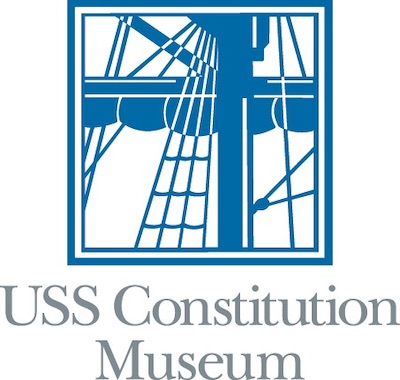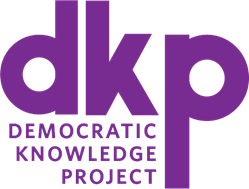The curated resources linked below are an initial sample of the resources coming from a collaborative and rigorous review process with the EAD Content Curation Task Force.
 Reset All
Reset All
The War of 1812 is often referred to our country’s second war of independence. As a young nation, the United States' economy, territory, and rights of individual citizens were again threatened by the British. A Sailor’s Life for Me! presents life at sea during the War of 1812 for those serving aboard USS Constitution, one of the few naval vessels in America’s young navy, and now a national symbol, through interactive games, primary sources, and Museum resources.

The Roadmap




USS Constitution Museum


This lesson introduces children to different ways young people have used the internet to work toward positive social change.

The Roadmap


Learning for Justice

John F. Kennedy’s inaugural address inspired children and adults to see the importance of civic action and public service. His historic words, “Ask not what your country can do for you – ask what you can do for your country,” challenged every American to contribute in some way to the public good. In this lesson, students learn about a theme in President Kennedy’s inaugural address, civic action, and consider how it applies to their own lives.

The Roadmap


John F. Kennedy Presidential Library and Museum


Children often lack knowledge and skills necessary to interact with each other, especially when confronted with differences in mobility, hearing, sight, developmental skills or verbal skills.

The Roadmap



Learning for Justice

Students will answer the question "How can you make change in your community?" during this activity.

The Roadmap



Autry Museum of the American West


The Share My Lesson team has selected a variety of free lesson plans, educational resources and classroom materials to support educators and parents while celebrating Constitution Day with students.

The Roadmap




AFT Share My Lesson


Comic books are visual literature. This simple cooperative group activity allows students to identify confrontational issues within their own school and then imagine solutions.

The Roadmap




Learning for Justice

Through the lens of the human propensity to complain, teachers can encourage students to recognize the principles, motivations, and precedents that underlie the Declaration of Independence. Help students understand the development of the Declaration as both a historical process and a compositional process through role play, creative writing, an introduction to important documents and a review of historic events.

The Roadmap








National Endowment for the Humanities


Students explore the experiences of Mexican-American farmworkers in the United States and learn about how they – especially through the leadership of Dolores Huerta and the United Farm Workers – worked with others for improvements in pay and working conditions, as well as respect for their civil rights. Students analyze primary sources and then complete a writing assignment to reflect on working with others to help solve a problem.

The Roadmap




Citizen U


Have you ever heard of Dr. Martin Luther King Jr.'s "I Have a Dream" speech at the March on Washington? What was his dream for America, who was the man behind those famous words, and why do we celebrate his story every January? Martin's Big Words is an illustrated biography that traces Dr. King's life from his childhood and includes quotes from his writings and speeches. Explore Dr. King's story by reading together and then try some of these fun activities to learn more about him and other brave Americans who worked on the civil rights movement.

The Roadmap




Smithsonian National Museum of American History


In this unit, students explore two movements to expand liberty and equality in the United States. They study enslavement and the antebellum abolition movement, they learn about the ways suffrage was restricted and for whom, and they explore the women’s suffrage movement and the Snyder Act of 1924. This unit prepares students for later investigations into the civil rights movement and the other movements for social justice that it inspired.

The Roadmap



















The Democratic Knowledge Project - Harvard University

In this four-mystery/lesson unit, students will explore the trade of Africans by Europeans by following the narrative of Kossula Cudjo Lewis and exploring primary sources from the Library of Congress and other sources. Mr. Lewis was an African who was taken prisoner when he was 19 years old and traded by the Dahomey to Americans and enslaved in Alabama. He would gain his freedom at the end of the Civil War and help to found Africatown in Alabama. His narrative is central to all four mysteries/lessons in this unit.

The Roadmap




History's Mysteries Historical Inquiry for Elementary Classrooms





